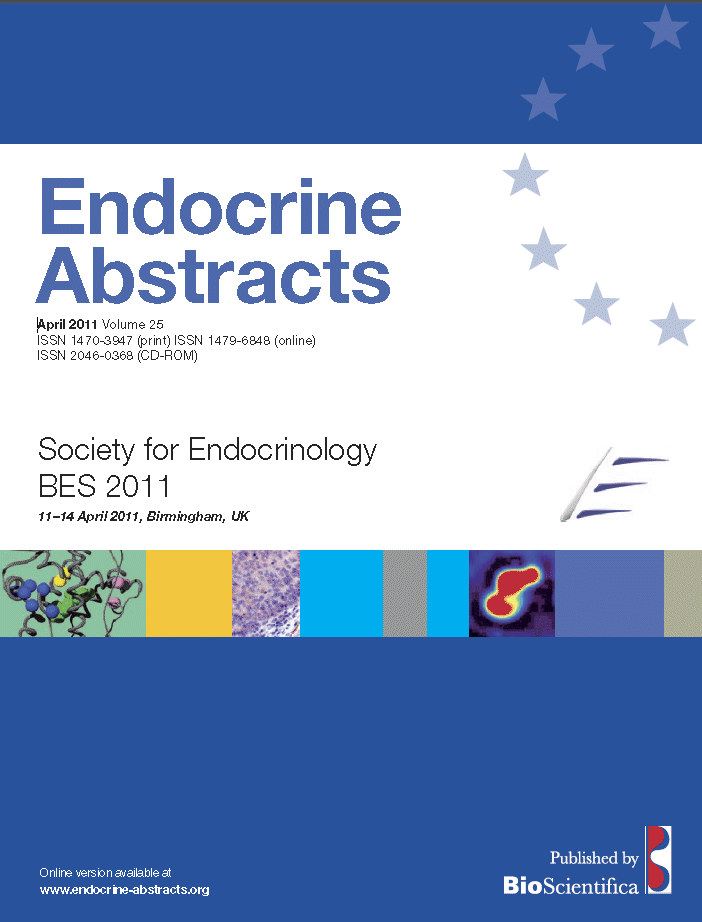Searchable abstracts of presentations at key conferences in endocrinology
Applied Physiology Workshop
Seeing is believing – cutting edge <emphasis role="italic">in vivo</emphasis> cell imaging
ea0025ap1.1 | Seeing is believing – cutting edge <emphasis role="italic">in vivo</emphasis> cell imaging | SFEBES2011
Cellular imaging in the pituitary: in vivo confocal microscopy
Understanding the dynamic control of hormonal and metabolic homeostasis requires a description of the input, secretory and output mechanisms that underlie the life cycle of hormone pulses. Whilst input stimuli and hormone output have been measured, in vivo measurements of the blood microcirculation during a secretory pulse, and signalling at the cell and population level in the intact organ have not. To achieve this long-standing question, we recently developed a strate...
ea0025ap1.2 | Seeing is believing – cutting edge <emphasis role="italic">in vivo</emphasis> cell imaging | SFEBES2011
Dynamic imaging of the tumor microenvironment: impact on invasion and CTL effector function
Friedl Peter , Alexander Stephanie , Weigelin Bettina
Improvements in real-time intravital imaging techniques and two-photon microscopy make it now possible to visualize the complex tumor microenvironment in vivo, over time and deeply within intact tissues. Using dynamic imaging, we addressed central aspects of tumor progression, including dynamic interactions of invading tumor cells with the tumor microenvironment and the local regulation of tumor infiltrating immune cells in eradicating tumor cells.<p class="abstext"...
ea0025ap1.3 | Seeing is believing – cutting edge <emphasis role="italic">in vivo</emphasis> cell imaging | SFEBES2011
Quantitative imaging for assessing physical phenotypes in stem cells
Chalut Kevin , Ekpenyong Andrew , Guck Jochen
It is becoming increasingly clear that stem cell function and differentiation state are affected by the physical environment of the stem cell, and the stem cells physical properties or physical phenotypes. Physical phenotypes include how the cell responds to forces in its environment and its subcellular structure. This presentation will be primarily focused on subcellular structure, or structural phenotype. I will present two different techniques to quantitatively...




